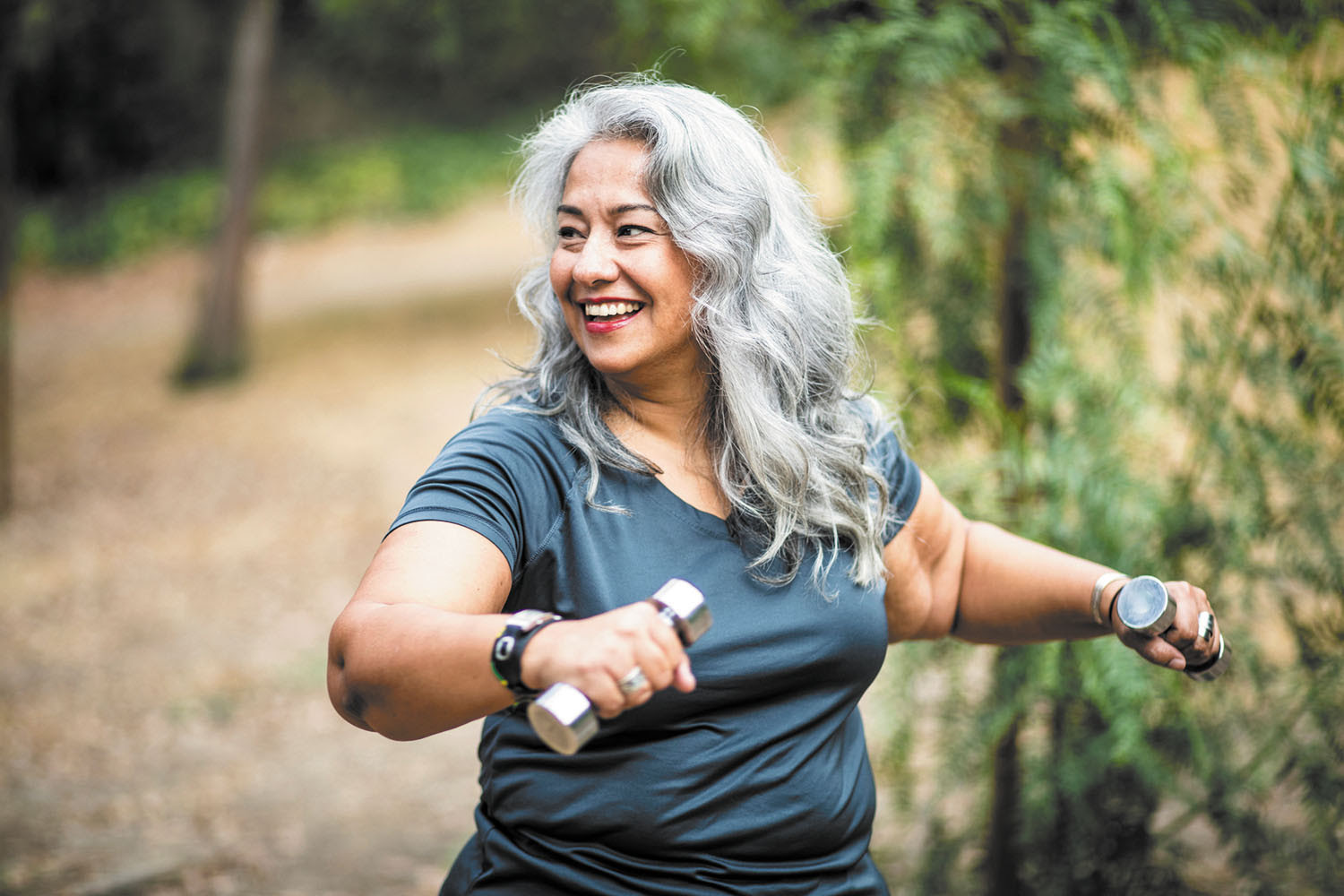The best exercises for your bones
 |
Certain types of exercise can increase muscle mass, which in turn enhances strength, muscle control, balance, and coordination. Good balance and coordination can mean the difference between falling—and suffering a fracture—and staying on your feet. Strong evidence shows that regular physical activity can reduce falls by nearly a third in older adults at high risk of falling.
All exercises for bone strength have one or more of the following attributes:
They provide resistance. In these forms of exercise, you challenge your muscles by working against some type of resistance, such as dumbbells, elastic bands, or even your own body weight. Resistance exercises, including classic strength training, rely on muscle contractions that tug on bones to stimulate them to bulk up.
They are weight-bearing. Weight-bearing exercise is any activity, such as running, walking, dancing, hiking, climbing stairs, or playing tennis, golf, or basketball, in which you carry your body weight and work against gravity. This is in contrast to non-weight-bearing activities such as swimming or cycling, where the water or bicycle supports your body weight. The force you exert to counteract gravity when you do weight-bearing activities is what stimulates bones to get stronger.
They provide impact. When you land a jump or pound the ground with each step as you run, you multiply the weight-bearing effect of gravity. That's why higher-impact activities generally have a more pronounced effect on bone than lower-impact exercises.
They're higher-velocity. Impact can be increased even more as your speed increases. For example, jogging or fast-paced aerobics will do more to strengthen bone than a leisurely stroll or slow calisthenics.
They involve sudden changes of direction. Changing direction while you're moving also appears to benefit bones. When researchers reviewed bone strength in the hips of a variety of athletes, they found that those who played sports such as soccer and squash, which involve rapid turns and start-and-stop actions, had bone strength similar to those who did high-impact sports, like triple jumpers and high jumpers—and they all had greater bone density than long-distance runners.
They help improve your balance. Exercises that target balance may not be the best for building bone, but they will help keep you from falling, so they also serve a bone-protecting function.
For tips on workouts that maximize bone strengthening while minimizing the risk of injury, check out Exercises for Bone Strength, a Special Health Report by Harvard Medical School.
